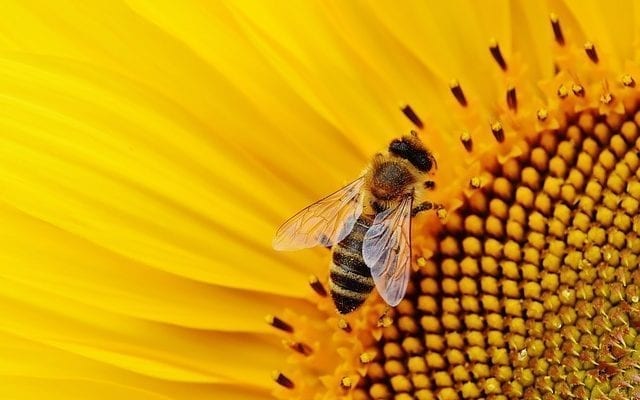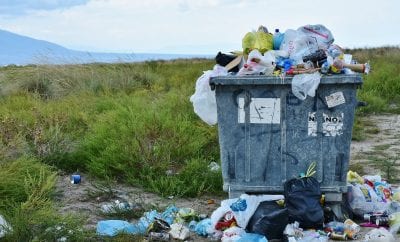
Lifestyle
The Disappearing Bee Population
You hear the distinct buzzing noise around you, see it’s a bee, and instinctively run away from it out of fear you’re going to be stung. We’ve all done it. While we often view bees as a nuisance and a threat, bees play a major role in keeping our environment healthy and our global food supply stable. Bees are perfectly adapted to help pollinate plants, helping them grow, breed, and produce more food. Farmers heavily rely on pollination to allow all kinds of different plants to continue to produce food, including almonds, apples, squashes, and many more.
Why do we need bees?
Bees are not the only pollinators in the world – flies, wasps, moths, beetles, and even some birds and bats can pollinate, but these other insects only visit flowers enough to feed themselves. Since bees gather pollen to stock their nest, they are typically the most effective pollinators since they hit the most flowers and carry more pollen.
Why is bee population is declining?
We are beginning to see a sharp decline in bee population around the world. A few years ago, beekeepers in the United States lost over 44 percent of their colonies, while beekeepers in the UK reported losses of almost 17 percent. There have been many theories as to why we’re seeing this decline, ranging from GMOs to electromagnetic radiation, but scientists believe it is a combination of factors, including parasites, pathogens, pesticides, poor nutrition, and habitat.
One of the biggest threats to honeybees is industrial agriculture’s widespread use of pesticides in commercial farming. A recent study showed that scientists found 98 different pesticides present in honeybee hives across North America and Europe. One particular pesticide, called neonicotinoids, have been shown to short-circuit bees memory causing them to be stranded from their hive.

An important discussion being had by heads of state around the world is food security, especially as we see the overall population of the world increasing, with a projected 9.7 billion by 2050. The United Nations Food and Agriculture Organization has identified bees as one of the best ways to create a sustainable global food supply and help support more sustainable farming. In the U.S. alone, pollinators like honeybees are linked to a market value between $235-$557 billion each year. Without bees, we would lose availability of crops and wild plants that provide essential micronutrients extremely important for human diets, ultimately resulting in nutrient deficiency.
How to help
So what’s being done to stop the decline of bee population? There are many non-profit organizations dedicated to spreading awareness of this growing problem. Most of them propose some common sense actions that can be done to restore the world’s bee population. This includes a ban on the seven most dangerous pesticides, protecting pollinator health by preserving crucial wild habitats, and helping restore ecological agriculture. The latter meaning transitioning to a form of organic farming, that ditches using large crop fields, which can help restore soil nutrients, natural composting system, and leave behind chemical fertilizer. For more information on how you can make an impact in saving the bees, head over to Greenpeace.





0 comments